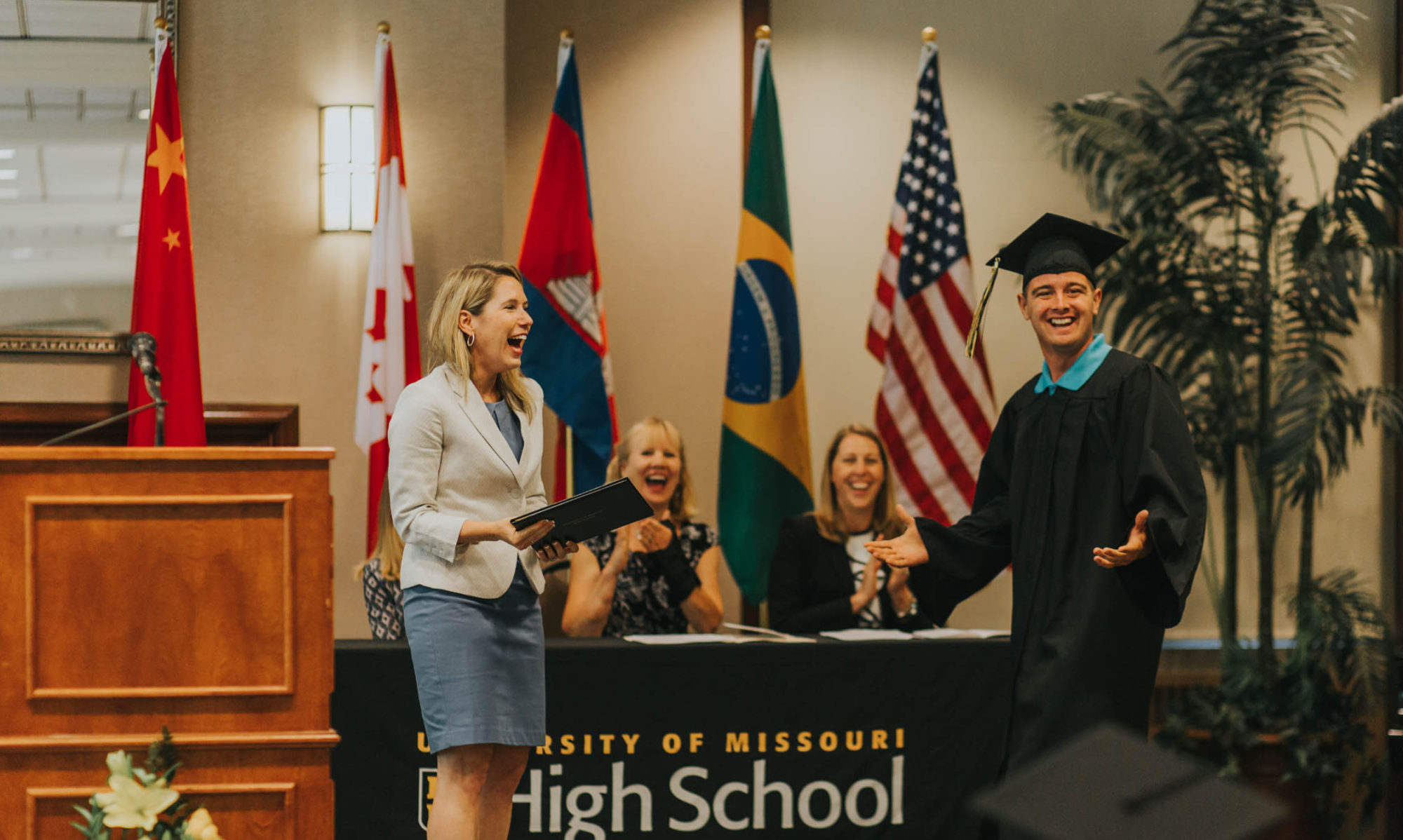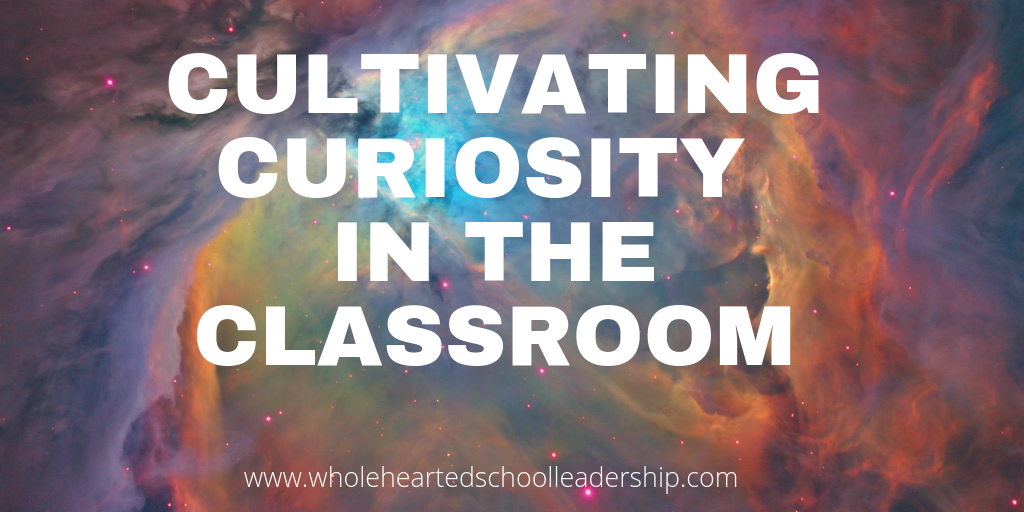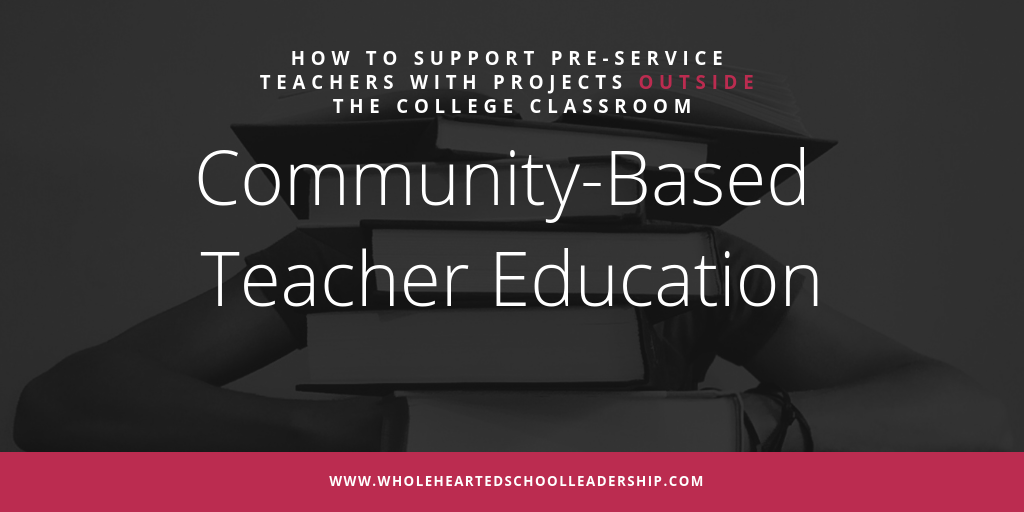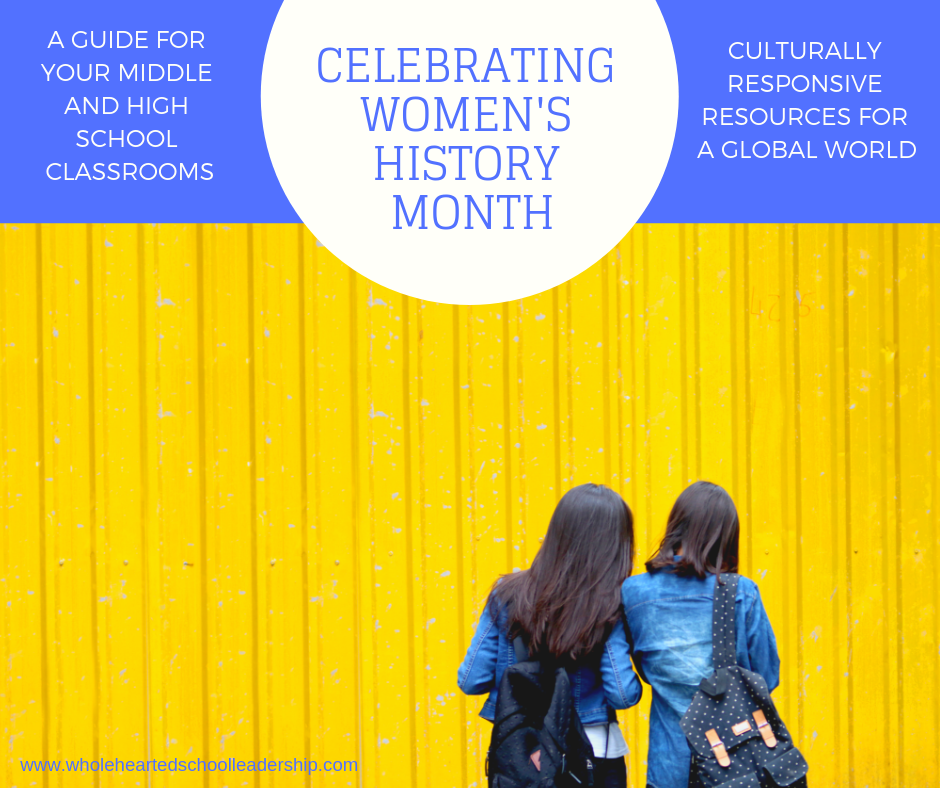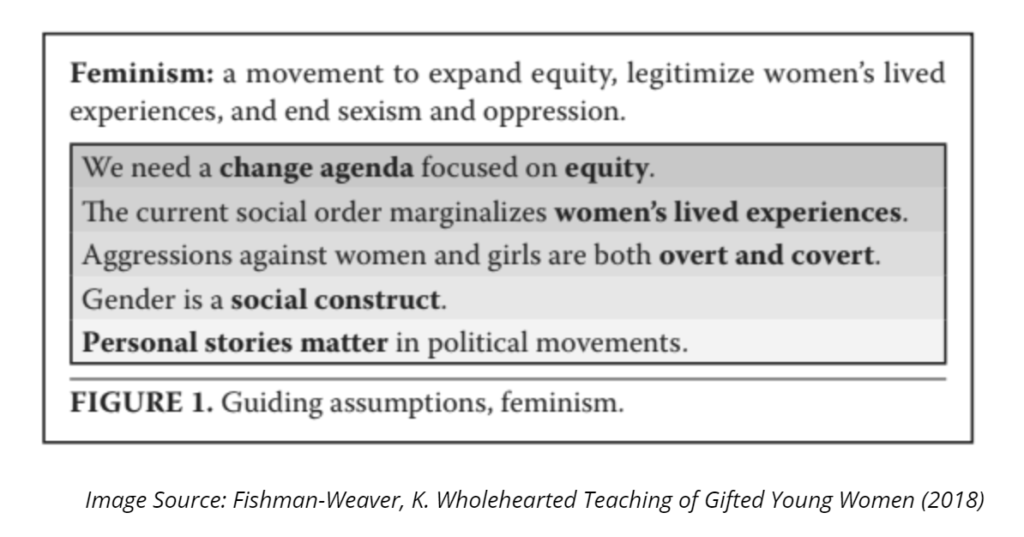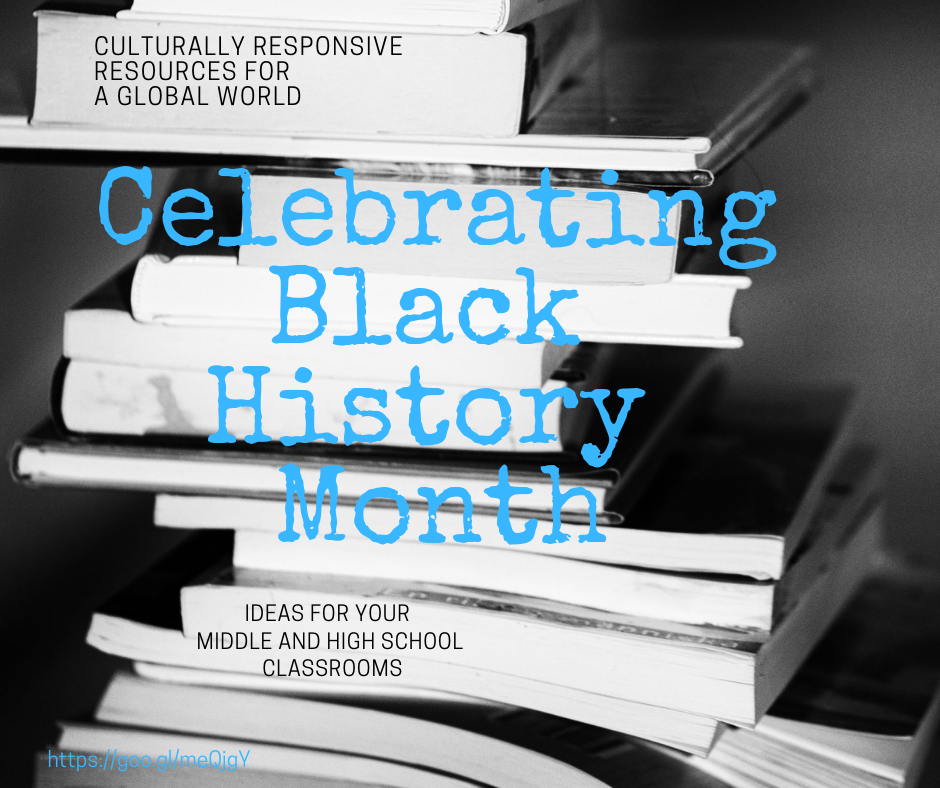When she was six-years-old, we took our daughter to Point Reyes, CA. Here is an excerpt from a poem I wrote about exploring tide pools along the shore.
She uses the base of my tripod to test for magnetic fields along the beach. With delight, she suspends purple particles above the shore, pretending to be an astronaut testing gravity on the moon.
At six-years-old she is curious about all the mysteries of the universe simultaneously: Want to hear something interesting? Ladybugs have four stages in their life cycle. When they are born they don’t look like ladybugs, they’re larva. Tell me about larva. Without taking a breath, she continues, Did you know giraffes have purple tongues?
How many galaxies do you think we’ll discover in my lifetime? Mama, is it unusual to find whole sand dollars? Before I can respond to any of this, she beams and places a perfect sand dollar in my palm. I look up with surprise, she is already racing down the shore.
I share this story to illustrate a common truth: children love to wonder. They are constantly asking creative questions and imagining new possibilities. Children also need to wonder. Actually, we all do. How can we encourage young people to keep their sense of wonder as they move into middle school, high school, and then adulthood?
Skills You Can Cultivate
As the Director of Academic Affairs for a global school district, I visit with a lot of teachers and school leaders (both domestically and internationally). In these visits, educators share that they know critical thinking, problem-solving, reflection and leadership matter; however, they aren’t always sure how to cultivate those skills. In fact, sometimes they are not sure these are skills you can cultivate. They are and like most worthwhile skills, developing them requires intentionally and practice.
The educators I meet with are reading in the Common Core standards and the Next Generation Science standards. They see the call to encourage problem-solving and making interdisciplinary connections. They tell me these are good ideas and also that they feel pressure to implement them. However, they aren’t sure what that looks like in the classroom. These teachers aren’t alone in their confusion.
Make no mistake, the teachers I meet with are among the most compassionate, creative, and driven educators I’ve ever known. They care deeply. They prepare. They have strategies to differentiate in reading, writing, and math. They also have resources, training, and curricula that help them in these subject areas. We don’t give teachers the same resources when it comes to the more ambiguous and just as essential skills of wonder, curiosity, and imagination.
A Familiar Best Practice
This is a gap we need to fill in our curricular cannon. In the meantime, I recommend we start with a familiar best practice—meeting students where they are. Encourage your students to ask big questions. Use these questions as a springboard to inquiry. When a six-year-old shares that she wants to know more about larva, launch a science investigation. When she asks a tricky question about galaxies, take the question to her peers, and work together to unpeel the layers and chase down answers.
Wonder (as both noun and verb) is an interdisciplinary framework that we can use to wed critical thinking with agency. Encourage the young people in your classrooms to imagine and to act on the questions and observations that lead us to both purpose and possibility. Don’t do this when you have time, once everything else has been finished after the standardized tests have been sent off. Instead, start here and then bring these student-centered inquiries back to your math texts, your science texts, your language arts texts.
Measure What Matters
Can we measure the outcome of this practice on standardized tests? Sure. Maybe. Is this the right question to ask? What about, can we measure the outcome of this practice on child development? Or can we measure the outcome of this practice on community engagement? Absolutely.
Our world needs thinkers and dreamers such as these. Best of all, they’re already there in our early elementary classrooms. For those of you working with young children, nurture their curiosity, encourage their imagination, invite wonder into your classroom. For those of you working with older children, remind them of the wonder they felt before we taught them there was one right answer or algorithm or rubric. Ask them what they would want to learn if they could learn anything. Ask them what questions keep them up at night. Ask them what they think the most pressing issues are facing our world and how they would solve them. Meet these older students where they are, too. Connect their questions to the peer communities, work together to unpeel the layers of their inquiries, plan action projects and experiments to make learning meaningful.
Create space for students to play with possibility and chase down answers. Perhaps in doing so, we can cultivate continued curiosity about all the mysteries of the universe.
Encouragingly, Dr. KFW
